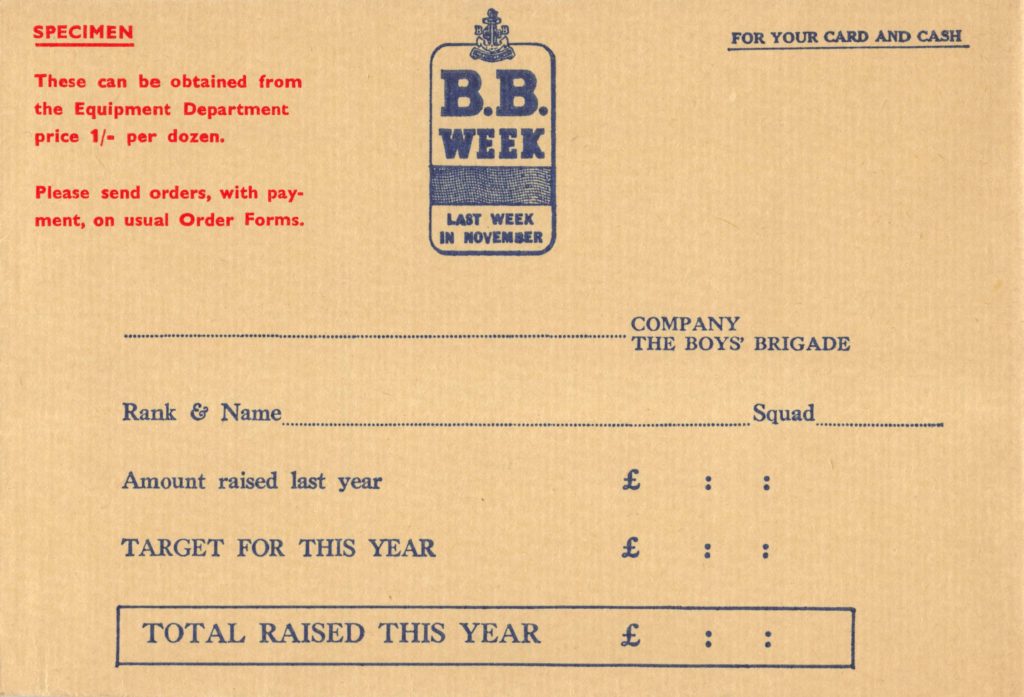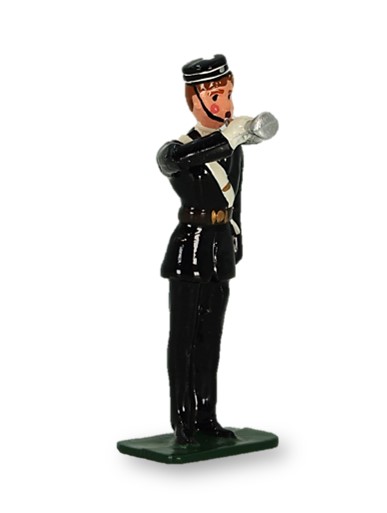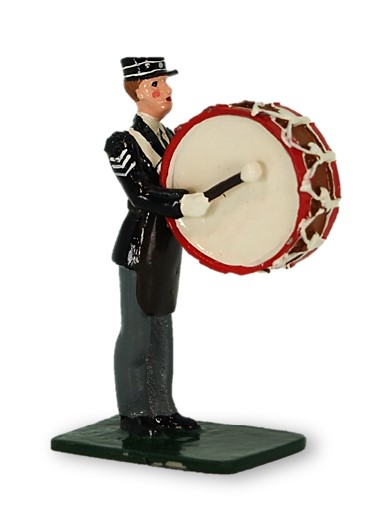BB Week
BB week and Brigade Week, both originated in the aftermath of the First World War, when both The Boys’ Brigade and the Boys’ Life Brigades were in financial difficulty, with donations and subscriptions drying up. In 1920, the Boys’ Brigade raised the idea but it was received without enthusiasm, and following vigorous challenges against at Brigade Council it was rejected. However, the Southern Committee decided to test the scheme in November 1920, with £2,855 being raised in England and Wales alone. The generous response of the family and friends who had contributed, and the total raised prompted the Boys’ Brigade to reconsider, and in 1921, the entire country took part in the scheme.
The Boys’ Life Brigade experienced similar opposition and in a bid to try and encourage support for the scheme, the Life Brigade Chronicle of March 1926 reported: Little remains to be said to impress upon all officers the importance of this event. During the week commencing March 21st all members of the Brigade will, in loyalty to the Movement which is doing so much for the lads of this country concentrate all their prayers and energies upon a successful outcome to this endeavour. May we urge upon every officer the necessity for doing his utmost to make Brigade Week an outstanding success this year.
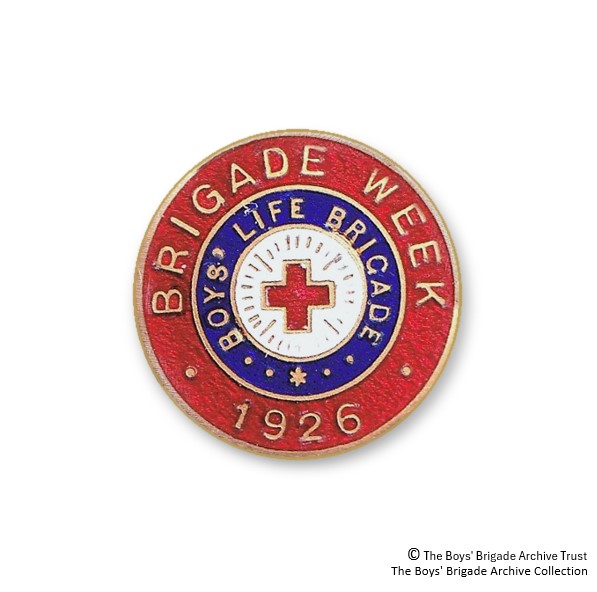
Following up in the weeks prior to the union, the Boys Life Brigade reported: The results of Brigade Week are very gratifying, and when complete there will a satisfactory increase over last year, not only in the amount of money raised but also in the number of Companies participating.
By the start of the Second World War the annual income was in excess of £21,500, and in the centenary year of the birth of Sir William A Smith in 1954, the sum of £102,535 was collected. The amounts collected by individual Companies were published in league tables in the BB Gazette annually, with some Companies recording impressive amounts.
Initially BB Week funds were divided 50-50 between the individual BB Company and Brigade Headquarters, with all the promotional material and collecting cards being provided by HQ. Later the split was changed to one-third Brigade Headquarters and two-thirds the individual BB Company. By the end of the scheme, there were caps on the contribution to Brigade Headquarters, and shares were being distributed amongst Battalions and Districts.
The contributions of BB Companies to the work of Brigade Headquarters have now been replaced by a system of capitation which is calculated on actual membership figures as shown in the annual statistical returns.
